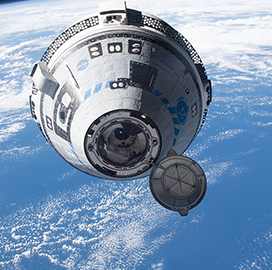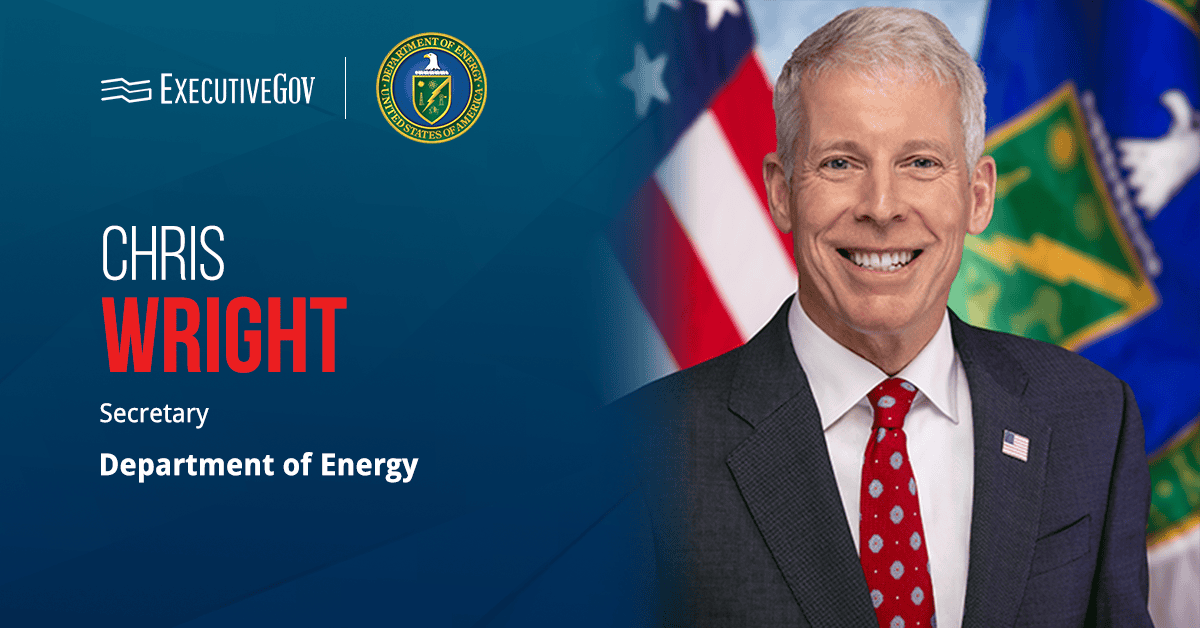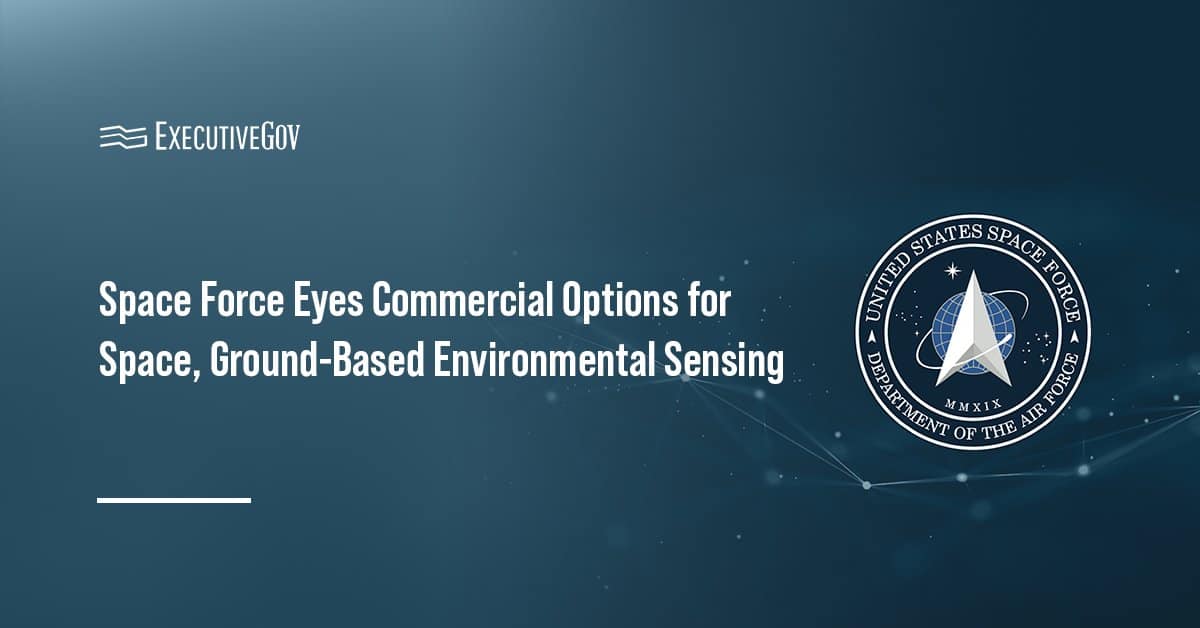NASA and Boeing teams will be busy in the next couple of months preparing for the Starliner’s first crewed flight by mid-April 2024. The spacecraft will transport two NASA astronauts to the International Space Station.
Under contracts with NASA’s Commercial Crew Program, the mission will mirror the activities of regular crew rotation flights for Boeing’s Starliner. Thus far, there has reportedly been significant progress in resolving technical issues NASA identified during its flight certification process.
On January 9, the agency tested the modified parachute system for the spacecraft over the Arizona desert. The primary test objectives were met based on the preliminary data analysis of the two-parachute test. NASA also confirmed the parachute deployment and a soft landing of the test article.
Meanwhile, NASA and Boeing have more work to do to complete the overall Crew Flight Test certification. The teams must put the finishing touches on the Starliner spacecraft and run simulations of operational conditions to rehearse each mission phase with the crew, flight controllers and ground operations teams.
Other tasks include fueling the spacecraft with propellants for its onboard thrusters for in-space maneuvering. The teams will stack the ULA Atlas V rocket and Starliner spacecraft and subsequently roll them to the Space Launch Complex-41 pad at Cape Canaveral Space Force Station in Florida.
Last, they will conduct detailed systems reviews resulting in a flight readiness assessment days before launch to verify the system and teams are ready. United Launch Alliance teams are preparing the Atlas V rocket hardware for processing and spacecraft integration. Boeing hopes to complete the Starliner assembly at the end of January.
Butch Wilmore and Suni Williams are the NASA astronauts in Starliner’s first Crew Flight Test. They will stay on the space station for one to two weeks, then return to Earth and land in the southwest United States.





